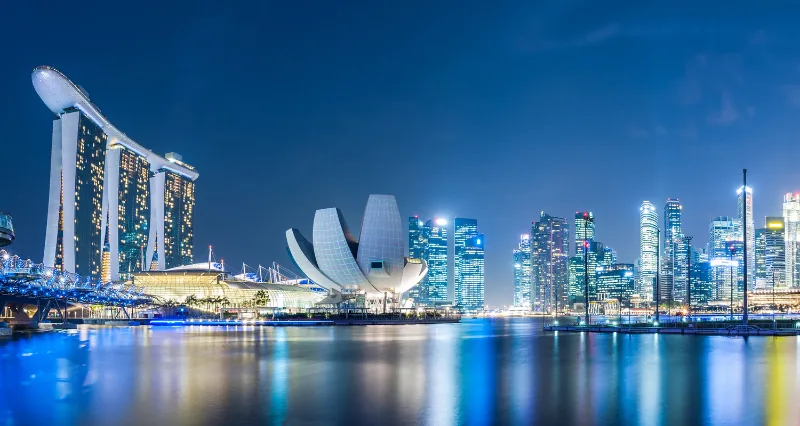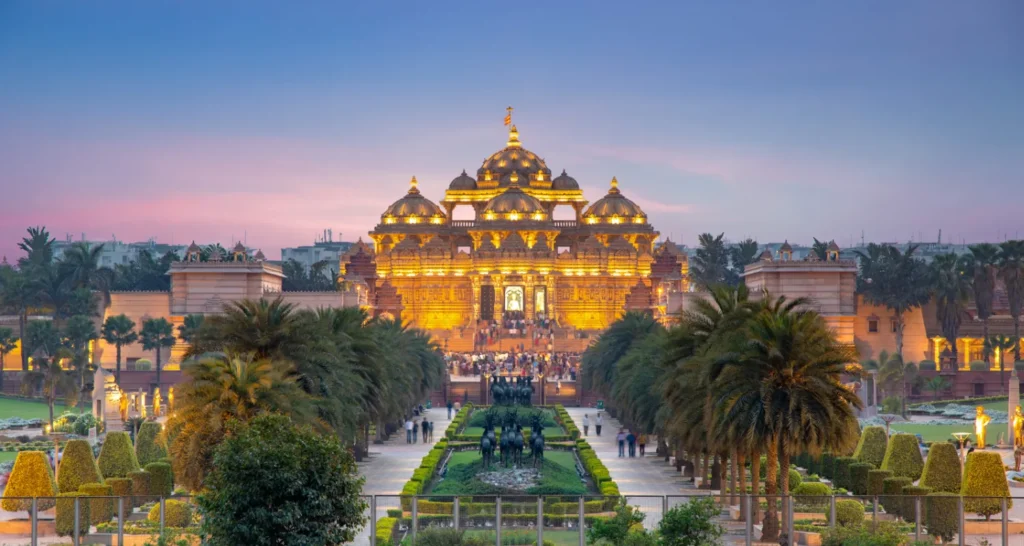Rising energy costs and concerns over carbon emissions are the primary driving factors for the adoption of new technology in lighting globally. Energy savings in lighting are currently reached via the switch from traditional light sources to more efficient ones such as LEDs. Nonetheless, smart control is required to achieve the green targets set by many countries. Smart lighting can be defined as a technology developed for energy savings and user comfort with added benefits such as a long operating time and reduced maintenance costs. In addition to these much-appreciated features, there are major refurbishment needs in lighting, for legislative reasons, such as the European Union Ecodesign Directive (2005/32/EY), which is about to ban many lamps types widely used in, for example, street lighting. This will further induce the development of LED-based intelligent systems. Street lighting is an excellent demonstration of the energy savings of smart control. It is estimated that the world’s 220 million street lights use 159 TWh of energy annually, generating 81 megatons of CO2 emissions. By employing new LED-based street lighting systems, a city of one million inhabitants, for example, could generate energy savings worth 2-3 million euros annually.
The environmental and economic impact is significant because street lighting is widely deployed, the power level in luminaires is high (18-400 W) and the intelligence level is traditionally low. Traditional street lights work on full power when turned on, and the amount of light is not usually adjusted. Active control of street lighting was not previously feasible due to the difficulty of dimming traditional light sources. With the current LED revolution, smart features have become reality, and intelligent software-controlled street lighting systems have started to emerge on the market.
In the AthLEDics project, VTT demonstrated a street lighting system that adapts to the ambient conditions with the help of sensors and wireless communication, allowing the luminaires to be dimmed based on natural light, environmental conditions (for example, light reflected from snow), and the presence of pedestrians. In order to maintain comfort, several characteristics that are important to road users, such as the amount and color of light and the shape of the light beam, were considered in the luminaire design. The system developed with intelligent street lights was tested along a pedestrian road in Helsinki, with commercial luminaires installed as a reference. The research aimed to demonstrate energy savings in a real use environment without sacrificing end-user comfort. To validate the results, the energy consumption was recorded with different intelligence modes. With lighting levels adjusted according to the presence of users or to natural lighting conditions, an energy-saving potential of more than 40 percent with integrated ICT was shown. A research partner, Aalto University, carried out a survey of the experiences of the pedestrians and the developed luminaire received the best feedback in the survey.
Urban impacts and implementation
Lighting is needed everywhere. As part of smart cities and smart buildings, lighting is developing towards a more controllable, automated, and energy-efficient part of our lives. It is easy to understand how added intelligence can bring comfort and performance to people in their everyday tasks. In addition, lighting will be developed in connection with multimedia and take advantage of social media channels to be another carrier of feelings and experiences. With the new features and applications, there is good business potential with positive economic growth expectations. Fortunately, part of this growth could be realized in Finland where new start-up businesses in this area have developed successfully. Beyond illumination, lighting will be increasingly integrated with communication, and sensor and actuator technologies in the near future.













